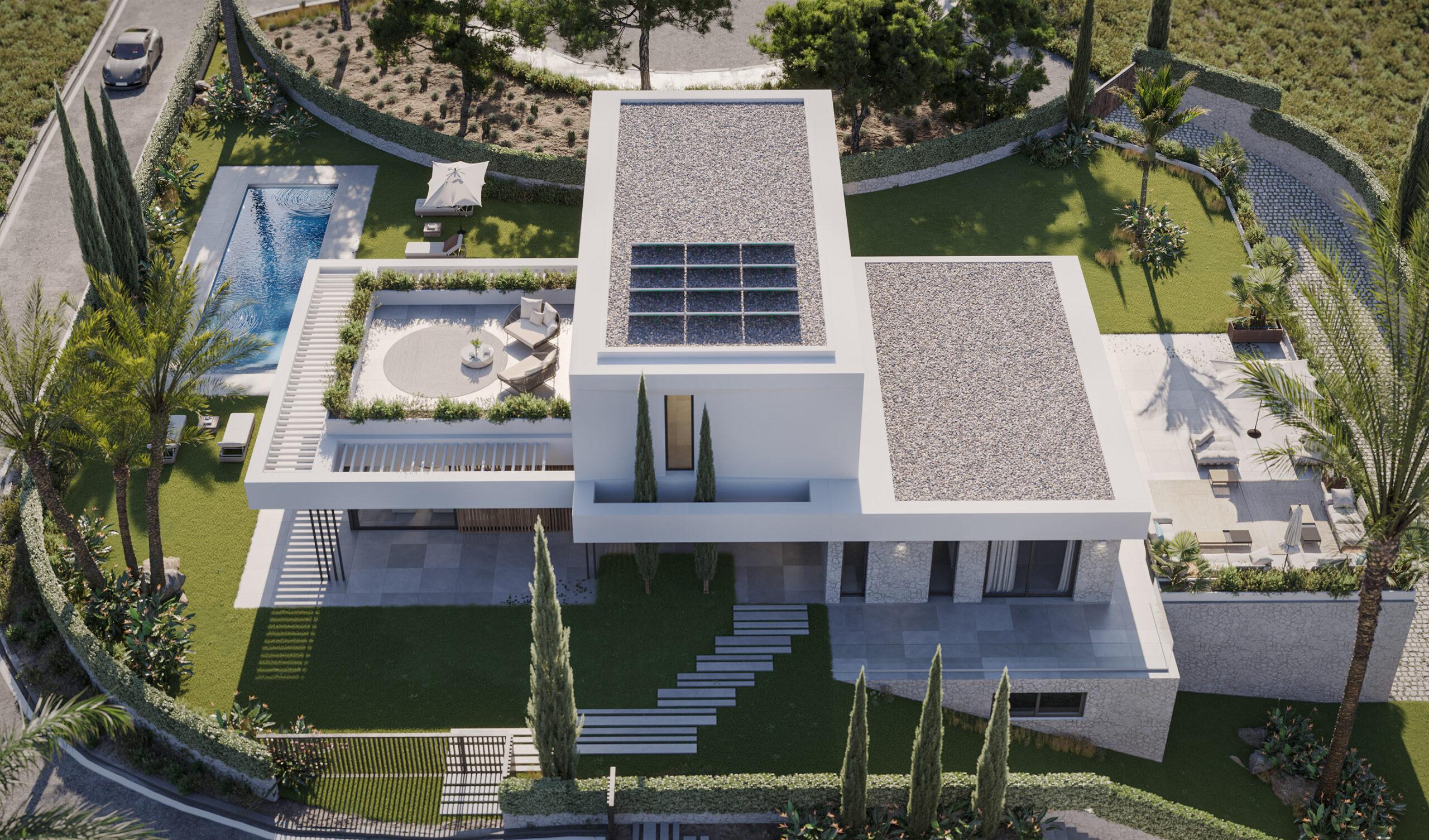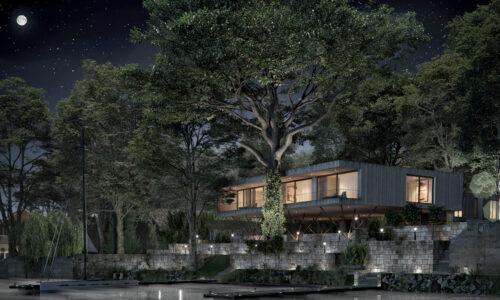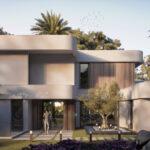
ArchViz Evolution: Understanding Real-Time Renders
- Yissel Álvarez
- January 2, 2024
- 3D Design
- 0 Comments
In the dynamic realm of Architectural Visualisation (ArchViz), a technological revolution is reshaping how we perceive and present design concepts. Over recent years, ArchViz has experienced an unprecedented surge, driven by the evolution of cutting-edge technologies such as Virtual Reality (VR), Augmented Reality (AR), and Artificial Intelligence (AI).
Read this article: Elevate Your Designs with Exterior 3D Animations
The Rise of Real-Time Renders
A pivotal trend within ArchViz is the widespread adoption of real-time renders. These innovative renders empower users to witness architectural designs unfold in real-time, providing a remarkably realistic preview of the final outcome.
Advantages of Real-Time Renders in ArchViz
- Interactivity Beyond Boundaries: Real-time renders surpass traditional counterparts in interactivity. Users can explore architectural designs from various angles, fostering a deeper understanding of spatial dynamics.
- Precision Redefined: Unlike traditional renders that may employ rendering techniques resulting in less-than-realistic images, real-time renders rely on real-world data. This ensures a level of precision and realism that was previously unattainable.
- Accessibility Matters: Real-time renders are more accessible than their traditional counterparts, sidestepping the need for expensive hardware and software. This accessibility democratizes the visualisation process, making it feasible for a broader audience.
Practical Applications of Real-Time Renders
Architects are harnessing the power of real-time renders to communicate, receive feedback, and iterate swiftly. Here are some illustrative examples:
1. Virtual Architectural Tours
Architects utilise real-time renders to craft virtual tours, allowing clients to explore designs from diverse perspectives. This immersive experience enhances the client’s understanding of spatial relationships.
2. Dynamic Design Animations
Real-time renders enable architects to create dynamic animations showcasing how designs will function in real-world scenarios. This aids clients in comprehending the practical aspects of the proposed structures.
3. Lighting and Material Trials
Architects leverage real-time renders to conduct lighting and material trials. This ensures designs are visually appealing under both natural and artificial lighting conditions, while also validating the suitability of materials for the intended application.
The Future of Real-Time Renders in ArchViz
The trajectory of real-time renders in ArchViz is poised for continued ascendance. Their inherent advantages over traditional renders position them as invaluable tools for architects.
As technology advances, real-time renders will become even more lifelike and interactive. This evolution promises architects a more effective means of communicating designs and obtaining precise feedback from clients.
In conclusion, the growing popularity of real-time renders in architectural visualisation heralds a transformative era. Architects and 3D visualisation enthusiasts are encouraged to embrace this technological wave, unlocking new dimensions in design communication and client collaboration.
Stay tuned for the next chapter in the fascinating journey of architectural visualisation, where real-time renders lead the way into a future defined by unprecedented realism and engagement.
If you need assistance with your architectural project and require visualization services, please feel free to contact us for further information.



